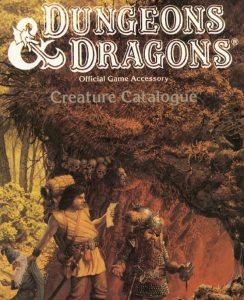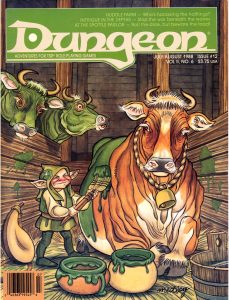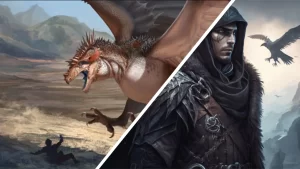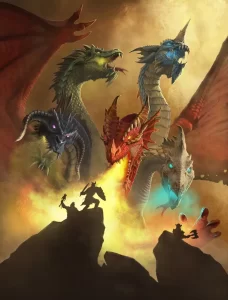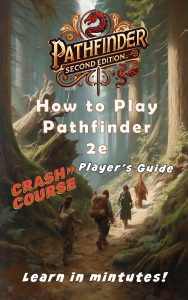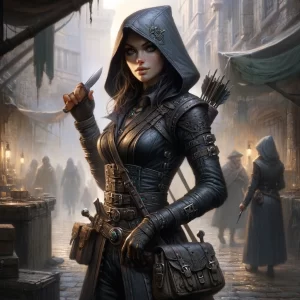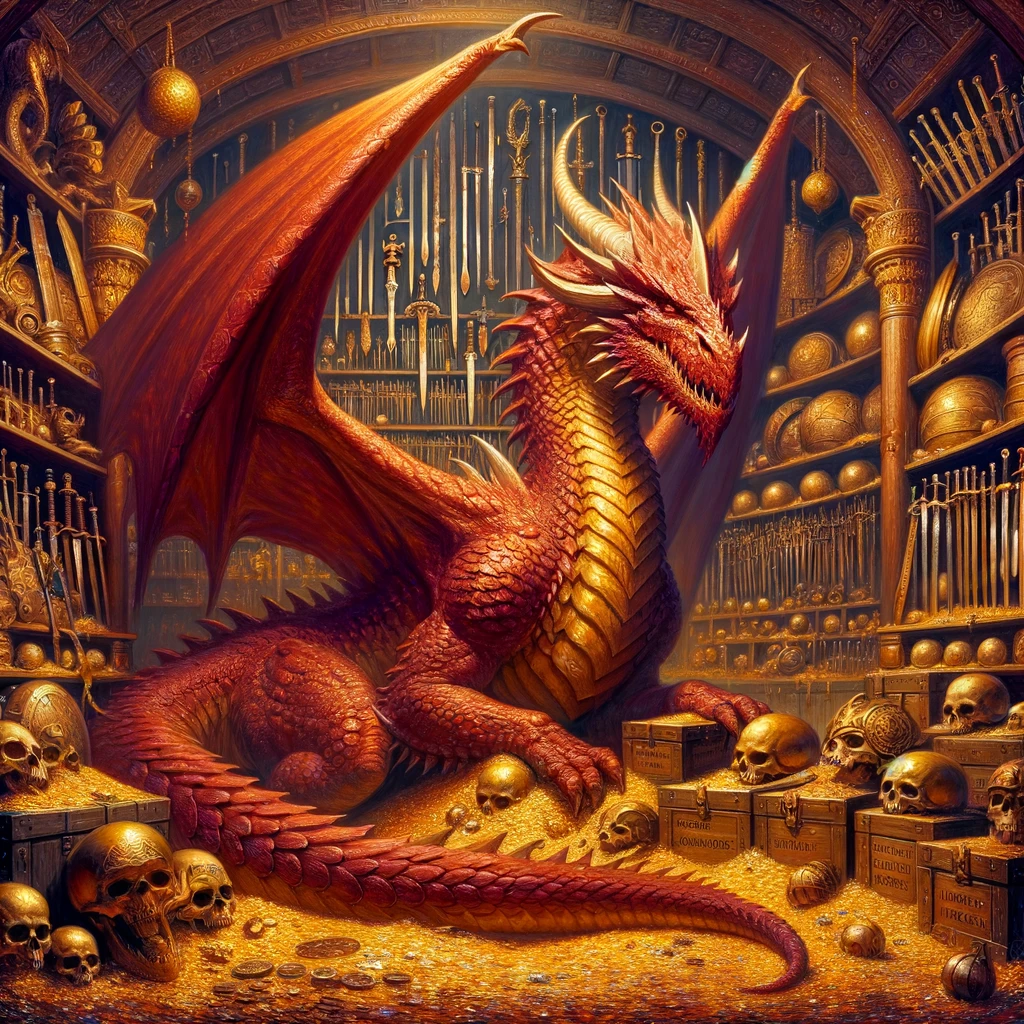
In the collective imagination of adventurers throughout the realms, dragon hoards conjure predictable visions: mountains of gold coins, heaps of sparkling gemstones, and perhaps a handful of magical artifacts scattered among the glittering wealth. While no dragon would scoff at such traditional treasures, these ancient beings -- with their centuries of existence and incredible intellects -- cultivate collections far more diverse and fascinating than mere currency. To truly understand dragons as more than mere monsters, one must understand the nuanced nature of their hoards, which reflect their innate nature, personality, and the magical essence that defines them.
Red dragons, with their legendary pride and dominance, rarely settle for simple wealth. While they certainly demand tribute in traditional forms, ancient red wyrms often maintain extensive collections of weapons taken from would-be dragonslayers. These trophies are meticulously arranged by era, effectiveness, and the notoriety of their former wielders. A truly ancient red might possess an entire chamber dedicated to failed dragon-slaying weapons, from primitive obsidian-tipped spears to enchanted blades wielded by legendary heroes. More disturbing are their collections of armor -- sometimes with the remains of their owners still inside. Red dragons particularly prize possessions from powerful enemies, and some maintain grisly galleries of preserved adventuring parties, forever frozen in their final moments of terror.
The true treasure room of a red dragon often houses a more surprising collection: proof of their influence. Ancient scrolls bearing treaties with their name, land deeds acknowledging their dominion, and written oaths of fealty from subjugated communities. These documents, carefully preserved through magical means, validate the dragon's perception of itself as a legitimate ruler rather than a mere tyrant. For red dragons, wealth must be contextualized within power, and their hoards reflect this paradigm. A clever party might exploit this vanity, offering unique historical documents acknowledging draconic sovereignty in exchange for their lives.
Black dragons, with their affinity for decay and corruption, curate collections that would turn even a hardened adventurer's stomach. Beyond the requisite coins (often deliberately tarnished or corroded to aesthetic perfection), black dragons collect preserved specimens of corrupted flora and fauna. Their lairs might include entire chambers dedicated to the various ways living things can decay and transform, from mushroom gardens sprouting from rotting treants to aquariums of blind, albino creatures evolved in the toxic waters surrounding their abode. The most disturbing collections include the preserved remains of various swamp predators showing progressive mutations over generations of exposure to the dragon's corrupting influence.
The scholarly aspect of black dragons is often overlooked. Many maintain extensive records of their corruption experiments, with detailed notes documenting how different creatures and plants respond to various forms of taint. These journals, written in Draconic with acidic ink on specially treated pages, would be priceless to certain alchemists, necromancers, or druids specializing in blighted territories. A curious aspect of black dragon hoards is their collection of stories about their own exploits -- black dragons commission local artisans to create epic poems, songs, and artworks depicting their destructive power, which they preserve alongside their more tangible treasures.
Green dragons, masters of manipulation and deceit, collect secrets with the same voracity that others collect gold. Their hoards often feature extensive libraries of personal journals, stolen correspondence, and carefully documented conversations -- all containing information that could ruin lives, topple governments, or incite wars. A green dragon's treasure room might appear relatively modest in monetary terms, but the true wealth lies in hidden compartments containing carefully organized blackmail material spanning generations of influence. These dragons often collect mundane-seeming objects that serve as keys to their elaborate knowledge systems: a particular river stone might unlock a secret compartment, while an ordinary-looking quill might be enchanted to reveal hidden text when dipped in a specific ink.
Perhaps most valuable in a green dragon's collection are their detailed maps of political connections. Imagine wall-sized webs of influence tracking bloodlines, alliances, and enmities across centuries, with notations indicating particular weaknesses or leverage points. These maps, often enchanted to update as new information becomes available, represent the dragon's true power base. Green dragons also prize living collections -- rare and poisonous plants cultivated in carefully maintained gardens. These botanical collections serve both aesthetic and practical purposes, providing ingredients for the toxic concoctions many green dragons develop over their long lives.
Blue dragons, with their territorial nature and intellectual curiosity, develop collections focused on history and innovation. Their primary treasures often include ancient technological artifacts, particularly those harnessing electrical or storm energy. A blue dragon's hoard might contain bizarre lightning-capturing devices from forgotten civilizations, prototype storm-calling architectures, or crystalline matrices designed to store and amplify electrical magic. These dragons frequently maintain workshops where they experiment with these technologies, sometimes forcing captured artificers or wizards to help them understand and replicate ancient techniques.
The organizational systems of blue dragon hoards reflect their methodical minds. Their coins might be arranged by mint date and political era, while their magical items are often cataloged with exhaustive documentation of properties and historical significance. Blue dragons take particular pride in their collections of historical texts and maps detailing how territories have changed hands over centuries -- with special emphasis on lands they believe rightfully belong to them. Some ancient blues maintain "reclamation lists" spanning thousands of years, detailing territories lost and the specific individuals whose descendants might still owe them fealty or tribute.
White dragons, often dismissed as the least intelligent of chromatics, collect treasures that reflect their primal connection to survival and triumph. Their hoards feature an abundance of hunting trophies -- not randomly collected skulls, but carefully preserved specimens representing exceptional prey. A white dragon might maintain entire frozen galleries of creatures that presented worthy challenges, perfectly preserved in magical ice that captures them at the exact moment of defeat. These grisly displays often include failed dragonslayers, arranged in dioramas depicting their final moments.
What many scholars find surprising about white dragon collections is their emphasis on tools. From primitive stone implements to modern steel weapons, white dragons gather objects representing the evolution of survival technology. These tools are rarely used -- instead, they represent the dragon's understanding of and superiority over mortal innovation. White dragons also collect weather phenomena in a uniquely literal way: magically preserved snowflakes from historically significant blizzards, captured frost patterns from legendary winters, or crystalline structures containing the essence of particular storms. For these dragons, controlling fragments of the most destructive natural forces represents wealth more tangible than gold.
Gold dragons, with their connection to justice and divine order, curate collections that reflect their role as arbiters and protectors. Their hoards often include comprehensive legal archives spanning multiple civilizations -- everything from ancient stone tablets bearing the first written laws to modern legal precedents from across the realms. These collections serve practical purposes, as gold dragons often act as mediators in complex disputes. A particularly ancient gold might maintain a "Hall of Judgments" containing detailed records of every major arbitration they've overseen, along with physical evidence preserved through powerful magic.
The artistic aspects of gold dragon hoards reflect their appreciation for mortal creativity and spiritual expression. Their treasure rooms often feature masterworks from diverse cultures, especially those embodying concepts of justice, mercy, or divine harmony. Unlike many collectors, gold dragons frequently invite artists to visit their collections, believing beautiful creations should inspire future generations rather than remain hidden. They maintain detailed provenance records for each piece, often including personal observations about the artists and the circumstances of creation. Gold dragons particularly value art that tells stories of moral complexity -- pieces that challenge the viewer to consider multiple perspectives.
Silver dragons, known for their love of human interaction, collect treasures that celebrate connection and shared experience. Their hoards often include mementos from their time living among humanoids: personally meaningful gifts, tokens of friendship, and objects representing pivotal moments in relationships. A silver dragon might treasure a simple clay cup given by a child more highly than a priceless gemstone. These dragons maintain extensive journals documenting their experiences among mortals, often illustrated with remarkable skill and preserved through magic to capture voices, scents, and emotional impressions.
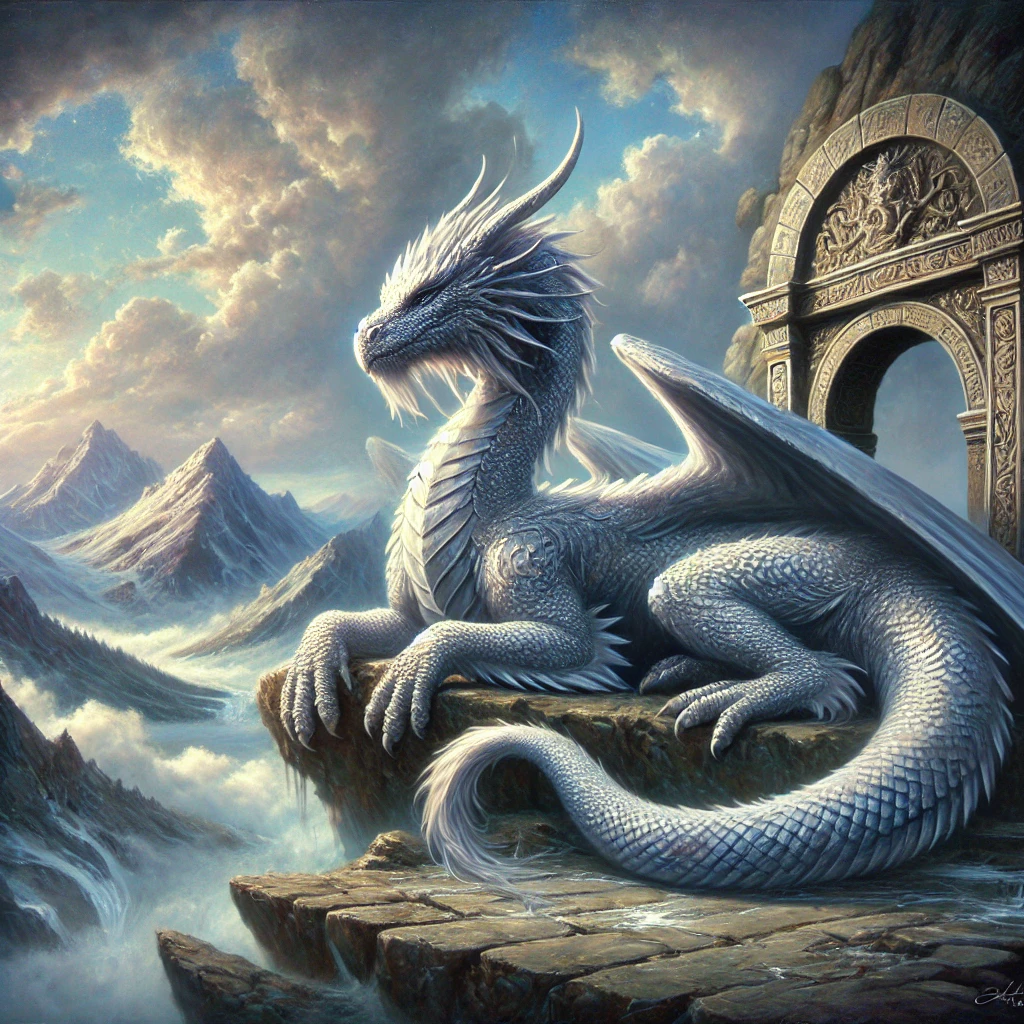
The most unique aspect of silver dragon collections is their preservation of cultural ephemera -- objects typically considered too mundane or transitory for traditional museums. A silver might collect everyday clothing from different eras, typical household tools, or common toys, all meticulously preserved and arranged to show how ordinary life has evolved. They maintain vast archives of folk music, regional recipes, and local traditions, often serving as the sole repository of cultural practices long forgotten by the communities that created them. When civilizations fall or evolve beyond recognition, it is often in silver dragon hoards that their everyday essence survives.
Bronze dragons, with their martial nature and commitment to opposing tyranny, maintain collections focused on warfare and resistance. Their hoards feature weapons, armor, and military insignia from freedom fighters throughout history, each item meticulously labeled with accounts of the conflicts they witnessed. A bronze dragon's treasure room might contain entire sections dedicated to successful rebellions against particular tyrants, arranged to tell heroic narratives. These dragons value battle standards and symbols of resistance particularly highly, sometimes maintaining galleries where magical enchantments recreate famous victories through illusion.
What distinguishes bronze dragon collections from the war trophies of red dragons is their historical thoroughness and ethical framework. Bronze dragons preserve context: their records include accounts from all sides of conflicts, comprehensive timelines, and analyses of how particular innovations changed military landscapes. They maintain detailed biographies of both heroes and villains, believing that understanding the development of tyranny is crucial to fighting it. Bronze dragons also collect strategic games from across civilizations, from ancient battle-simulation boards to modern wargaming scenarios, often inviting strategists to study and play in their collections.
Brass dragons, with their legendary loquaciousness and love of conversation, accumulate treasures centered around stories and communication. Their hoards include comprehensive libraries of fiction from diverse cultures, oral traditions preserved through magical recording devices, and theatrical scripts with notations showing how performances evolved over time. A brass dragon's lair might feature an acoustically perfect chamber where they entertain visitors with recitations from their collection, often adding commentary about the authors they personally knew or historical contexts now forgotten by mortal scholars.
The most precious items in brass dragon hoards are often custom-made conversation pieces -- unique objects specifically designed to prompt interesting discussions. These might include magical puzzles with multiple solutions, artworks with deliberately ambiguous interpretations, or artifacts combining elements from different cultures in provocative ways. Brass dragons also maintain extensive collections of languages -- not just written texts, but magical records capturing accents, dialects, and extinct speech patterns. Their hoards often include communication devices from various eras, from ancient signal drums to magical sending stones, arranged to show the evolution of long-distance interaction.
Copper dragons, with their love of humor and trickery, curate collections that celebrate cleverness and wit. Their treasure rooms feature elaborate pranking devices from throughout history, from simple mechanical tricks to complex magical illusions. These dragons maintain detailed records of successful jokes, often including magical crystals that replay particularly hilarious moments. A copper dragon might value a uniquely clever music box that plays insulting tunes when certain people approach more highly than conventional treasures. Their hoards typically include extensive collections of comedic literature, satirical artworks, and performance costumes used in particularly memorable pranks.
What many visitors find surprising about copper dragon collections is their scholarly approach to humor. These dragons study comedy with academic rigor, maintaining evolutionary charts showing how jokes developed across cultures and taxonomies categorizing different forms of wit. They collect failed humor with the same enthusiasm as successful pranks, believing that understanding why something isn't funny provides valuable insights. Copper dragons often invite bards and other performers to study their collections, considering the spreading of laughter to be a form of treasure-sharing rather than treasure-loss.
For Dungeon Masters seeking to create memorable dragon encounters, considering unconventional hoard compositions offers tremendous storytelling opportunities. A dragon's collection should reflect its personality, history, and interests, making each wyrm a unique character rather than a generic monster. Players who expect nothing but coins will be intrigued by chambers filled with preserved moments in time, libraries of secrets, or galleries of cultural artifacts.
These specialized collections also create opportunities for negotiation beyond simple combat. A party might offer information about a historical artifact the dragon has been seeking, agree to retrieve a stolen piece of their collection, or propose an exchange of knowledge rather than traditional treasure. Dragons with scholarly or artistic interests might be persuaded to share access to their hoards with researchers or creators who can offer fresh perspectives or additions to their collections.
For players, understanding a dragon's collecting habits provides strategic advantages. A green dragon might be distracted by juicy secrets, while a brass dragon could be engaged in conversation long enough for allies to maneuver. Bronze dragons might show mercy to those fighting tyranny, while silver dragons could be approached through mutual humanoid connections. By treating dragons as sophisticated collectors rather than mere guardians of wealth, parties can transform potentially deadly encounters into complex interactions with beings whose perspectives span centuries.
The next time your adventuring party faces a dragon, remember that the glittering pile of gold might be the least interesting -- and least valuable -- aspect of its hoard. The true treasures might be the preserved memories, accumulated knowledge, or unique perspectives that only an immortal, highly intelligent being could assemble. After all, when you can live for thousands of years, you learn that the stories behind objects often outvalue the objects themselves, and experiences become the most precious treasures of all.
